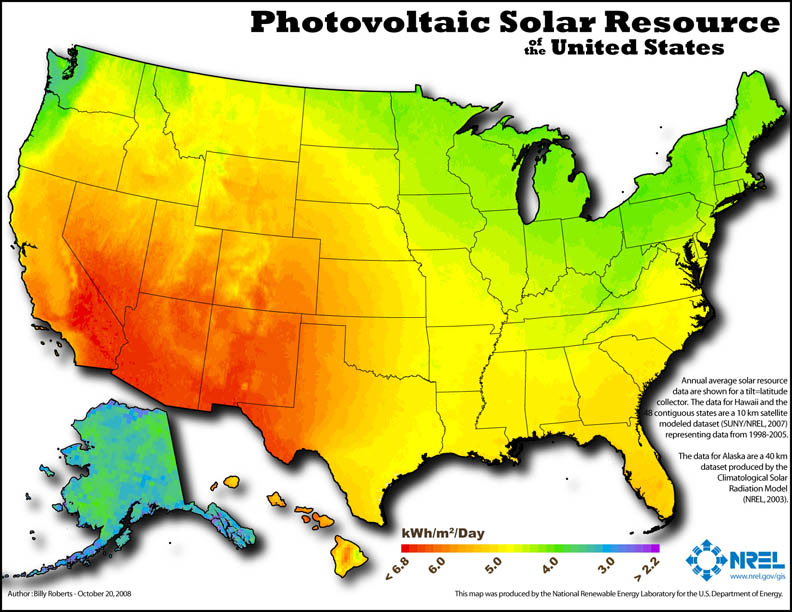forum
library
tutorial
contact

Columbia-Snake Agreement Charts the
Course to a Clean-Energy Future
by Nancy Hirsh
Yakima Herald-Republic, January 7, 2024
|
the film forum library tutorial contact |

|
Columbia-Snake Agreement Charts the
by Nancy Hirsh
|
During the past decade, with effective planning, the region has replaced 2,000 megawatts
of coal-fired generation with new wind, solar, battery storage, and energy efficiency.
 The Columbia-Snake River agreement recently announced by the Biden administration is a positive step. It moves us closer toward the modern, decarbonized energy system we need to address climate change and toward honoring tribal treaty obligations in the Northwest. This is especially true for the lower Snake River in Eastern Washington, where all four salmon and steelhead populations are listed as threatened under the Endangered Species Act.
The Columbia-Snake River agreement recently announced by the Biden administration is a positive step. It moves us closer toward the modern, decarbonized energy system we need to address climate change and toward honoring tribal treaty obligations in the Northwest. This is especially true for the lower Snake River in Eastern Washington, where all four salmon and steelhead populations are listed as threatened under the Endangered Species Act.
Our energy system is constantly evolving to meet the needs of our times. Massive, mostly federally owned, hydropower projects defined the first era of Columbia Basin energy developments (1930s-1970s). That power is sold to utilities across the Northwest by the Bonneville Power Administration (BPA) and supports significant economic vitality. Since the mid-1990s, we've been in the next wave of change. Wind and solar projects help us evolve from coal-fired power plants to address climate change.
Hydropower remains a cornerstone of the Northwest's energy system. And the realities of climate change -- deeper droughts and hotter summer peaks -- threaten hydro reliability and endanger fish populations.
BPA and all the region's utilities must plan for yet another new era of energy development centered on a more diverse and resilient clean energy system, including storage and more demand management, to address significant electric load growth, decarbonization and changes to hydrosystem operations to advance healthy salmon populations.
The new agreement's energy commitments center on supporting tribal energy sovereignty with new federal investments which can be used as replacement power for the lower Snake River dams. This is an exciting component that will bring new economic and energy development into the Northwest.
The notion that this will make the power system unreliable and unaffordable is unfounded. Similar rhetoric was used when the region first called for retiring coal-fired power plants. During the past decade, with effective planning, the region has replaced 2,000 megawatts of coal-fired generation with new wind, solar, battery storage, and energy efficiency. Utilities plan for the retirement of generating resources and regularly issue requests for replacement power.
The agreement includes new federal investment in a comprehensive energy planning exercise. This will address both the electric system needs from our salmon recovery and decarbonization goals, and leverages the analytic strength of the Pacific Northwest National Lab in partnership with Washington state and other regional planners, BPA and utilities. We are confident that this analysis will confirm the Energy Strategies study, sponsored by the NW Energy Coalition, that shows that a smart and diverse portfolio of clean energy resources -- energy efficiency, demand response programs, storage, wind and solar -- can replace the lower Snake River dams' energy services while minimizing the impacts on utility rates and improving reliability by providing power when it's needed most, especially for mid-winter and late-summer peaks.
BPA has a critical leadership role to play in fostering our clean-energy future, and should accelerate its efforts at modernizing its energy services. Upcoming policy and procurement decisions at BPA must focus on supporting wind, solar, geothermal resources, storage and transmission.
Honoring tribal treaty obligations to restore abundant salmon and steelhead is a national responsibility, and increased federal funding (not BPA funding) fairly distributes the cost of replacement resources. This commitment will help prepare the resources needed for when Congress makes the decision to remove the lower Snake River dams.
No one is saying these replacement energy services are free, but the cost of maintaining the lower Snake River dams is substantial and managing salmon to extinction is unacceptable. BPA's analysis of the rate impact of this agreement shows a cost to BPA customers of 0.7% per year.
Now is the time to plan the next era of clean, equitable and affordable energy resources to reach our climate goals, honor tribal treaty obligations and maintain a reliable electric system.
Related Pages:
Snake River Dams: 'Status Quo is Not an Option' by Nancy Hirsh, Seattle Times, 6/24/22
Replacing Dams' Power Will Take Smart Planning by Nancy Hirsh, Yakima Herald-Republic, 4/24/22
Just in Case the Snake River Dams Go Away by Nancy Hirsh, Tri-City Herald, 8/31/18
Dam Study Reveals Raft of Benefits by Nancy Hirsh, Spokesman-Review, 5/5/18
We Can Restore Salmon and Have Carbon-free Energy by Nancy Hirsh, Spokesman-Review, 10/22/16
Federal Court Decision is a Critical Opportunity for Salmon, Energy and Communities by Rees, Hirsh &l Arthur, Seattle Times, 5/14/16
learn more on topics covered in the film
see the video
read the script
learn the songs
discussion forum
